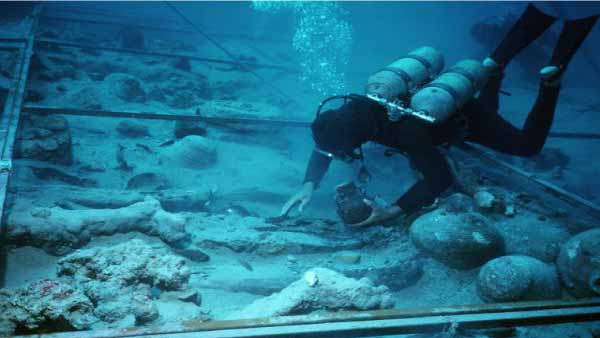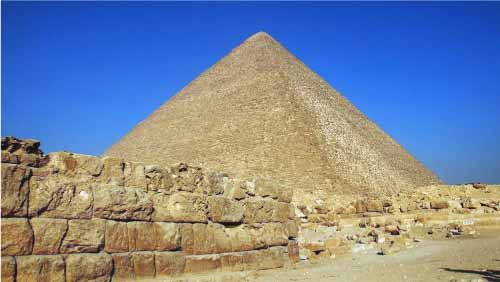Underwater Archaeology is a fascinating discipline that allows us to discover the secrets that lie at the bottom of the sea. It is a branch of Archaeology that is responsible for studying the objects and archaeological remains found on the seabed and river. From sunken ships to ancient treasures, Underwater Archaeology allows us to access a submerged heritage that would otherwise be impossible to discover.
In this article, we will explore in depth Underwater Archaeology and its history, the techniques used in underwater excavations, the most important treasures and finds that have been discovered, and the challenges archaeologists face in this type of work.
History of Underwater Archaeology
Underwater Archaeology is a relatively new discipline that began to develop in the 1950s. During World War II, a large number of shipwrecks occurred, leading to the formation of search and rescue teams that, in some cases, began to recover sunken objects. From there, the practice of Underwater Archaeology began.
Techniques used in Underwater Archaeology
Underwater Archaeology is a complex discipline that requires specific techniques to carry out excavations safely and efficiently. Some of the most commonly used techniques in Underwater Archaeology include:
Diving: Archaeologists must be trained in diving in order to carry out excavations at the bottom of the sea or rivers.
Excavation equipment: special tools are used that allow digging on the bottom of the sea without damaging the objects that are found.
Imaging technology: Underwater imaging technology, such as sonars, are used to find archaeological remains found on the bottom of the sea or river.
Treasures discovered through Underwater Archaeology
Underwater Archaeology has allowed the discovery of a large number of historical treasures. Some of the most prominent findings include:
The Sunken Bronze Age Ship: In 1982, a sunken Bronze Age ship was discovered off the coast of England. The ship had been buried in the mud for more than 3,000 years and contained a wealth of treasures and historical objects.
The treasure
The treasure of the frigate Nuestra Señora de las Mercedes: In 2007, the treasure of the frigate Nuestra Señora de las Mercedes was discovered off the coast of Portugal. The ship had been sunk by the British in 1804 and contained a large number of silver and gold coins, as well as other valuables.
The Viking ships of Roskilde: In Denmark, five Viking ships were discovered in the 1960s that had been sunk in the eleventh century. The ships were in excellent condition and contained a large number of objects and tools used by the Vikings.
Challenges of Underwater Archaeology
Underwater Archaeology is a discipline that presents a unique set of challenges. One of the biggest challenges is the conservation of recovered objects, as water and sediments from the seafloor can damage historical objects. In addition, the lack of light and the difficulty of working underwater makes excavation much more difficult and dangerous than terrestrial archaology.
Frequently Asked Questions about Underwater Archaeology
What types of objects can be found in Underwater Archeology?
In Underwater Archeology you can find all kinds of objects, from ships and shipwrecks to ancient treasures and everyday objects used by civilizations of the past.
How are underwater excavations carried out?
Underwater excavations are carried out using diving techniques and specialized tools that allow digging at the bottom of the sea without damaging the objects that are found.
What are the biggest challenges of SA?
One of the biggest challenges of the AS is the conservation of recovered objects, as water and sediments from the seafloor can damage historical objects. In addition, the lack of light and the difficulty of working underwater makes excavation much more difficult and dangerous than terrestrial archeology.
Conclusion
The AS is a fascinating discipline that allows us to discover the treasures and historical objects that are submerged in the bottom of the sea. Despite the challenges it presents, underwater archaeologists continue to carry out excavations that allow us to learn more about our past. Thanks to the AS, we can continue to discover treasures and objects that help us better understand the history of humanity.


